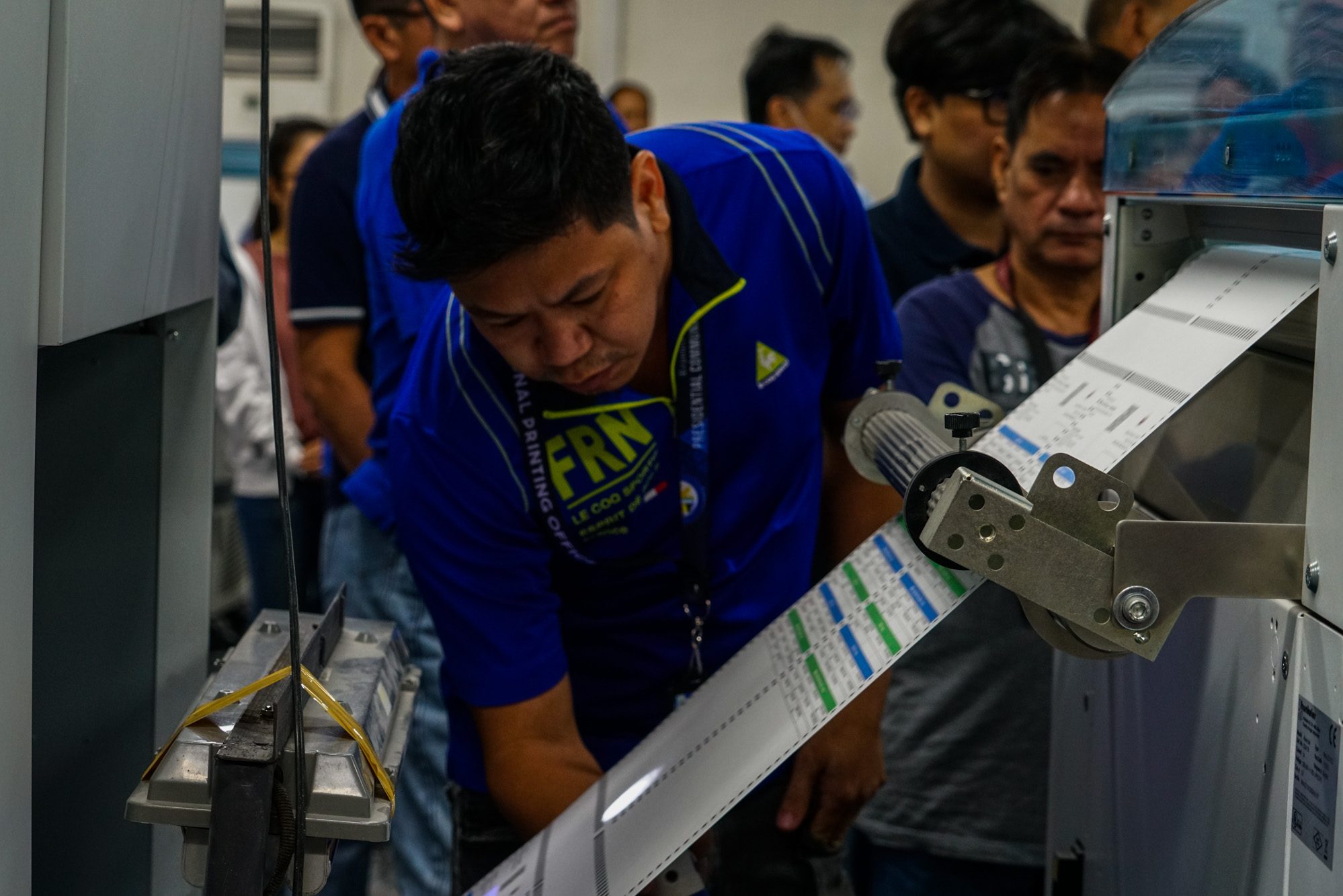SUMMARY
This is AI generated summarization, which may have errors. For context, always refer to the full article.

MANILA, Philippines – They have their own security, are closely guarded by poll watchers, and have the power to dictate a country’s future.
Ballots, which former Commission on Elections (Comelec) chairman Sixto Brilliantes had referred to as the “heart” of elections, are a coveted resource protected even long after Election Day.
Since the Philippines started automating elections in 2010, one way the Comelec ensured the sanctity of the ballot was by printing only one ballot per voter. This was to avoid the possibility of election operators using extra ballots to pad votes in favor of a specific candidate.
“Ayaw natin magpasobra ng balota kasi yung pasobrang balota ay nagiging daan para sa akusasyon na pandaraya o may itinabi kayong balota,” Comelec Spokersperson James Jimenez said in a demonstration event showing how to vote in the May 13 elections.
(We don’t want to have extra ballots because they will become an avenue for accusations of cheating or accusations that you withheld ballots.)
But despite the Comelec’s efforts to provide only one ballot per voter, not all those who register to vote will make their way to the polls.
The average voter turnout of the last 3 elections was pegged at 78%, with 2016 recording 84%, 2013 with 77%, and 2010, 74%.
What, then, happens to extra ballots after elections?
Jimenez said the Comelec makes sure these are destroyed after the polls close and voting has ended.
“There is a process wherein [poll] watchers can witness these ballots being destroyed. Extra ballots are torn in half so they cannot be used and so there are no extras,” he said.
Aside from this, the Comelec also prints over a million ballots for final testing and sealing of vote-counting machines, and demonstration ballots for educational purposes. The poll body assured the public these were not considered “extra ballots” as they could not be used for voting.
The Comelec announced last Friday, April 26, that it has finished the printing of 63,662,481 ballots for the 2019 elections.
Of this number were 61,843,750 for each registered voter in the May 13 elections. The rest were for testing and educational purposes. – Rappler.com
Add a comment
How does this make you feel?
There are no comments yet. Add your comment to start the conversation.